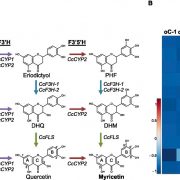
Synthesis of a Plant-Based Drug for the Potential Treatment of Type-2 Diabetes
Plant Physiology, Plant Physiology: On The InsideType 2 diabetes, which is characterized by high blood glucose (Glc) levels, afflicts ~6% of the population of the western world. A major goal in treating diabetes is reducing high levels of blood Glc, which is a particular problem in patients whose diets are rich in starch and other sugars. The main…

Recognizing Plant Physiology first authors: Antonella Locascio
Plant Physiology, Plant Physiology: Author ProfilesAntonella Locascio, first author of BCL2-ASSOCIATED ATHANOGENE4 Regulates the KAT1 Potassium Channel and Controls Stomatal Movement
Current Position: Post-doctoral researcher at the Instituto de Biología Molecular y Celular de Plantas-UPV-CSIC (Polytechnic University of Valencia-Spanish Research…

Recognizing Plant Physiology first authors: Miranda Meents
Plant Physiology, Plant Physiology: Author ProfilesMiranda Meents, first author of Organization of Xylan Production in the Golgi During Secondary Cell Wall Biosynthesis
Current Position: Teaching and Learning Fellow & Sessional Lecturer, Department of Botany, University of British Columbia, Vancouver, Canada
Education: PhD in Botany from the…
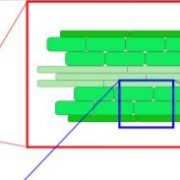
Why do leaves rise with the temperature?
Plant Physiology, Plant Physiology: News and Views, ResearchTropic movement in plants (movement in relation to a directional stimulus) has fascinated thinkers since ancient times (reviewed in Whippo and Hangarter, 2006). This interest has led us to a good molecular understanding of how for example, plants direct their shoots towards light and their roots towards…
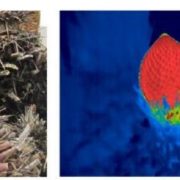
Turning up the heat: the alternative oxidase pathway drives thermogenesis in cycad cones
Plant Physiology, Plant Physiology: News and Views, ResearchKim L Johnson
La Trobe Institute for Agriculture & Food, Department of Animal, Plant and Soil Sciences, La Trobe University, Bundoora, Victoria 3086, Australia
Flowers are mostly associated with pleasant smells; the sweet fragrance of a rose, the exotic scent of jasmine, the fresh smell of…
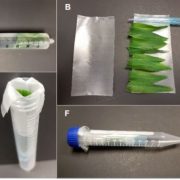
Plant leaf apoplast: an easy method to estimate its hydration state and contents
Plant Physiology, Plant Physiology: News and Views, ResearchBy Maria Grazia Annunziata
Max Planck Institute of Molecular Plant Physiology, 14476 Potsdam-Golm, Germany.
The plant leaf apoplast is composed of all extracellular compartments beyond the plasmalemma and is filled with gas, water and cell wall elements (Sattelmacher, 2000). The apoplast is involved…
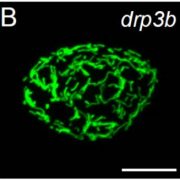
Mitochondrial dynamics for pollen development
Plant Physiology, Plant Physiology: News and Views, ResearchAuthor: Masanori Izumi
Affiliation: Frontier Research Institute for Interdisciplinary Sciences, Tohoku University, Sendai 980–8578, Japan
Mitochondria are active organelles that move rapidly, change shape and undergo repeated fusion and fission (Frederick and Shaw, 2007; Tilokani et al., 2018).…
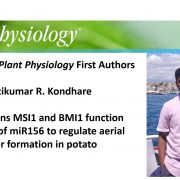
Recognizing Plant Physiology first authors: Kirtikumar R. Kondhare
Plant Physiology, Plant Physiology: Author ProfilesKirtikumar R. Kondhare, co-first author of PcG proteins MSI1 and BMI1 function upstream of miR156 to regulate aerial tuber formation in potato
Current position: DST - Inspire Faculty fellow, Biochemical Sciences Division, CSIR - National Chemical Laboratory (NCL), Pune, Maharashtra, India
Non-scientific…
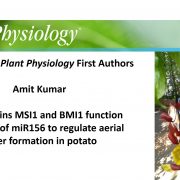
Recognizing Plant Physiology first authors: Amit Kumar
Plant Physiology, Plant Physiology: Author ProfilesAmit Kumar, co-first author of PcG proteins MSI1 and BMI1 function upstream of miR156 to regulate aerial tuber formation in potato
Current position: Ph.D. graduate student, Molecular Plant Biology Lab, Biology Division, Indian Institute of Science Education and Research (IISER)- Pune, Maharashtra, India
Non-scientific…

